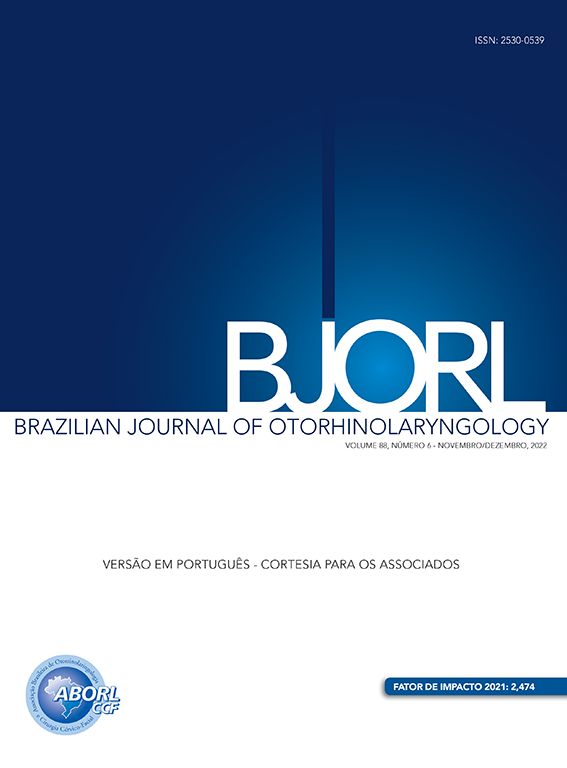The assertion that Brazilian scientific production is among the fastest growing in the world can be supported by analyzing the data published in several platforms. From 2001 to 2011, in the worldwide scenario, Brazil moved from 13th to 7th place in the number of published articles. This fact should be something to be proud of; nonetheless, when we analyze the quality of these articles and their contributions with respect to innovation and technology, the opposite of pride is evident.
Let us first consider the quality. According to a recent article published in Nature, Brazilian publications occupy only 1% of those selected by more renowned journals. How can this discrepancy be explained? The number of Brazilian journals that became integrated into databases during that time period increased from 62 to 270. In other words, the increase was not due to the higher acceptance of our articles by journals with higher impact, i.e., we gained rank by taking shortcuts!
What about innovation? Innovation from scientific studies has a single measurable criterion: the number of resulting patents. Brazil is one of the countries with the lowest number of registered patents, and according to the Patent Cooperation Treaty (PCT), 2011, its participation in the global market is only 0.2%. Considering this 0.2%, should we be proud of our Brazilian institutions? Another surprise! In the more advanced areas of technology, the foreign institution patents accounted for 90% of the total! This is alarming; the reason for this discrepancy is the fact that most of our researchers belong to public universities.
In a survey conducted in 2009 (UFPE), of the existing 85,000 PhDs, only 2% were employed in companies, and in 2010 alone, 12,000 new doctors obtained their degrees, which is equal to the number from countries that are leaders of innovation. The conclusion that can be drawn from this paradox is that at Brazilian universities, researchers are pressed to publish increasingly more, regardless of quality! In the present situation, it is more rewarding for professors to publish more, and obtain greater resources from funding agencies than to produce innovative ideas that could forward the country's progress.
It is essential that public universities, funded by the people, break down ideological barriers and turn to the private sector, within a paradigm now universally known as “open innovation”, where the partnership between universities and private companies establishes common and secure goals and strategies, without the political wrangling that leads to corruption. In that way, the benefits would be returned to society: universities contribute with researchers and companies with resources, logistics, and distribution of products, with an ethical economic return for all and with massive social benefits.
Then, here in Brazil, the industries that sell only imported technologies could produce more of them and the universities would no longer produce only researchers for their own interests. It is necessary to unite the partners. In the field of medicine, the means for better public health have been introduced, but nobody has thought of the products, most of them imported. According to official figures, in 2012 we exported R$ 1.5 billion of medications and imported R$ 7.4 billion! Government policy must also attempt to match research to the market, but we are far from it. The legal and administrative system of our universities does not allow this practice; we must give Brazilian public universities the right to establish free associations with enterprises or private institutions for innovation and technology, with the autonomy to raise, direct, and manage both human and financial resources.
With this, a greater number of inventions would be produced in Brazil and would obtain patents. Most of the researchers are found in the universities and belong to the system of grants, in which publication is the most relevant aspect; when a paper is published, the aspect of novelty is lost, an essential condition for the patent to be obtained, and the innovation becomes public domain. The country that funded the research does not obtain the deserved return! In the same sense, at our universities interest is lost in scientific production, because public universities are public companies and their employees have the right of job security, whether they have teaching or administrative jobs, and their career advancement is attained according to time of employment. Thus, the decisions of the board of directors, dominated by representatives of class-based interests, deplete the resources that should be directed to research, teaching, and continuing education, which should be the purpose of universities.
What is the role of the Brazilian Journal of Otorhinolaryngology in this scenario? Medicine is the scientific area that has shown the greatest growth in Brazil and within this area, clinical research, which is invaluable to medical practice and whose main beneficiary is society. Thus, although our journal has been fulfilling its mission on an admirable, ascending path, following rigorous scientific selection, the time has come to include potential or actual benefit for innovation in our selection criteria, which will bring contributions to Brazil towards its destination as a developed and independent nation.
Conflicts of interestThe author declares no conflicts of interest.
Please cite this article as: Pontes P. Brazilian scientific production vs. innovation and technology. Braz J Otorhinolaryngol. 2015;81:343–4.





